Gym class heros: Is there a gender gap in P.E.? (Editorial)
Emily Nankee returns the ball in a game of Pickle ball in Physical Education. Physical Education is an important class for all students in high school, regardless of gender.
There has always been a stigma surrounding female participation in gym classes and co-ed physical activities. Females have received a reputation of not trying to the best of their capabilities in PE, when it is believed males constantly have exceeding participation rates.
Researcher Grant R. Collins conducted a study of female participation in physical education at Edith Cowan University.
“From the literature, four other influences were identified which directly impacted on the enjoyment level and participation level of girls in physical education,” wrote Collins. “These were society; the teacher; the participant; and the physical education context.”
Here at Carlisle High School both students and staff notice that in certain environments generally one of the two sexes prevail; in gym class, that gender is assumed to be male.
According to Swartz physical education teacher Lynne Kline, there has been an increase in female participation during her career at Carlisle High School.
“Recently in the last five years we’ve made dressing for class and other things easier, so girls now participate more,” said Kline.
Some people believe that females participate less because of certain activities, depending on variables such as teams and experience. If someone does not like the sport the class is doing, they avoid using effort.
Underclassmen physical education teacher Sean Lehman said, “There are certain activities girls get involved in more so than others, but they generally do participate.”
Junior Olivia Lane believes that participation does depend on the activity.
“I think a lot of girls just hang in their groups, while guys take over the sport, but when it comes to racquet sports I think girls get involved a lot more,” said Lane.
Participation can greatly depend on the interest students have in the task at hand. It is found that if an important member of a group dislikes the sport being played, then their friends will follow them to the sidelines. This creates the groups that students commonly see gathered to the side.
The most current unit in the ninth and tenth-grade gym is either pickleball or working out in the fitness room. Through counting out those who stand straight up or stand on the sidelines to watch, I found that females were far more engaged when in the smaller fitness room. This may have to do with them having to work when narrowed down to small groups, not necessarily the activity being done.
According to freshmen Lauren Puchalo, participation for a lot of people it depends on what grade they wish to receive.
“I think people participate because they’re required to for graduation,” said Puchalo. “But I also think some people participate because they actually like the sport they’re playing.”
Not all females can be assigned to this stereotype. Some people even consider there to be little difference between the level of participation.
“In [the] football [unit] there are some people that just don’t join in,” said Lehman. “Other than that there is no big difference in other units.”
While there are people who believe that females don’t participate at all in gym class, a lot of students believe that they are equal in effort to males. It is not necessarily true if so many people are assigned to one reputation.
“They participate roughly the same,” said freshmen Jacob Bordner. “I don’t really think their gender matters; some don’t try but that doesn’t mean all girls don’t try.”
Disclaimer: Articles designated as “Editorial” represent the views and opinions of the author, not the 2018-2019 Periscope staff, CHS/CASD administration, or the CHS student body.
Want to help the Herd? Please consider supporting the Periscope program. Your donation will support the student journalists of CHS and allow us to purchase equipment, send students to workshops/camps, and cover our annual website hosting costs.

Carlin Diehl is currently a 9th-grade student at Carlisle High School. She is a first-year staff writer and Periscope student. She spends her free time...







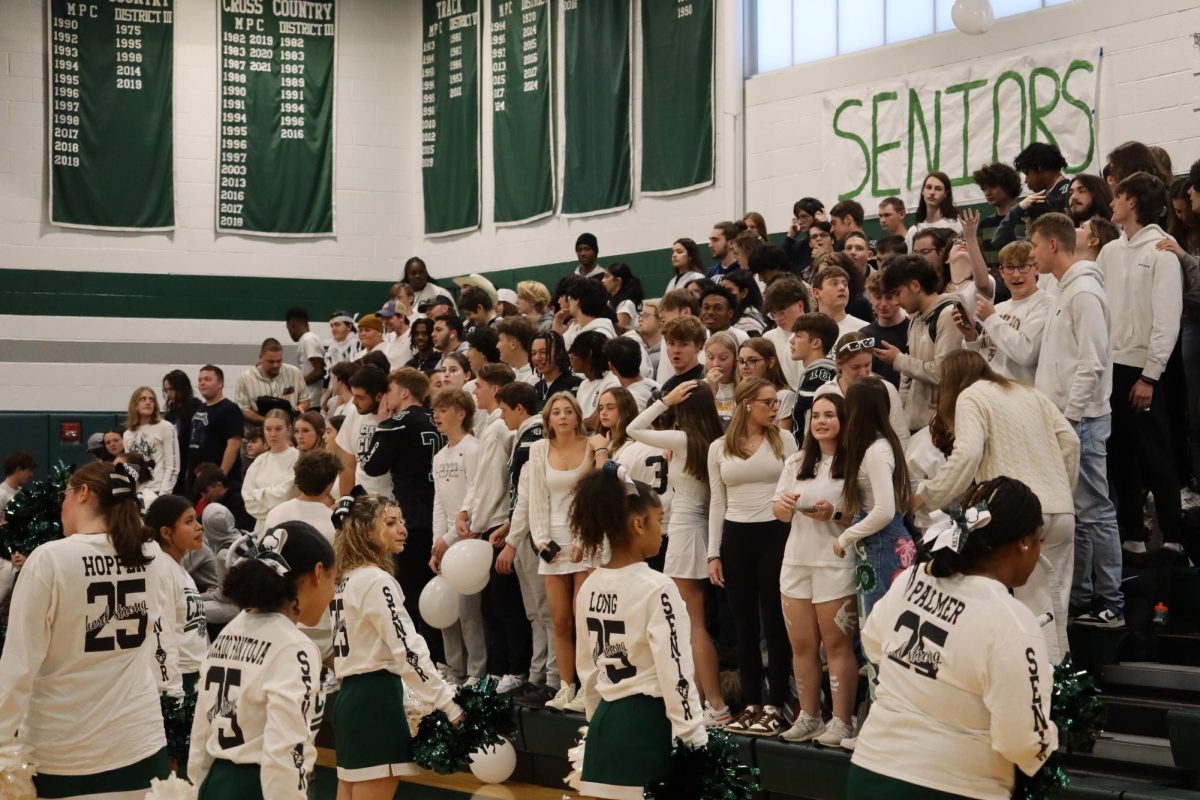


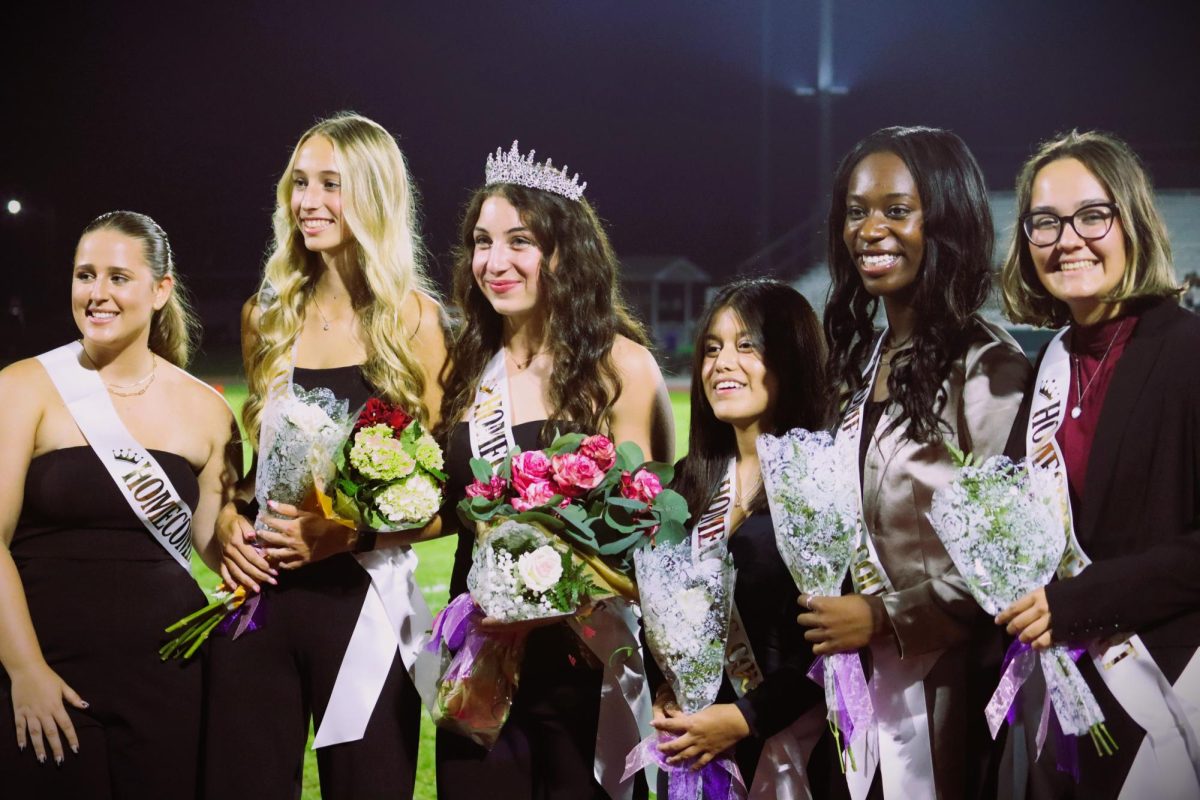





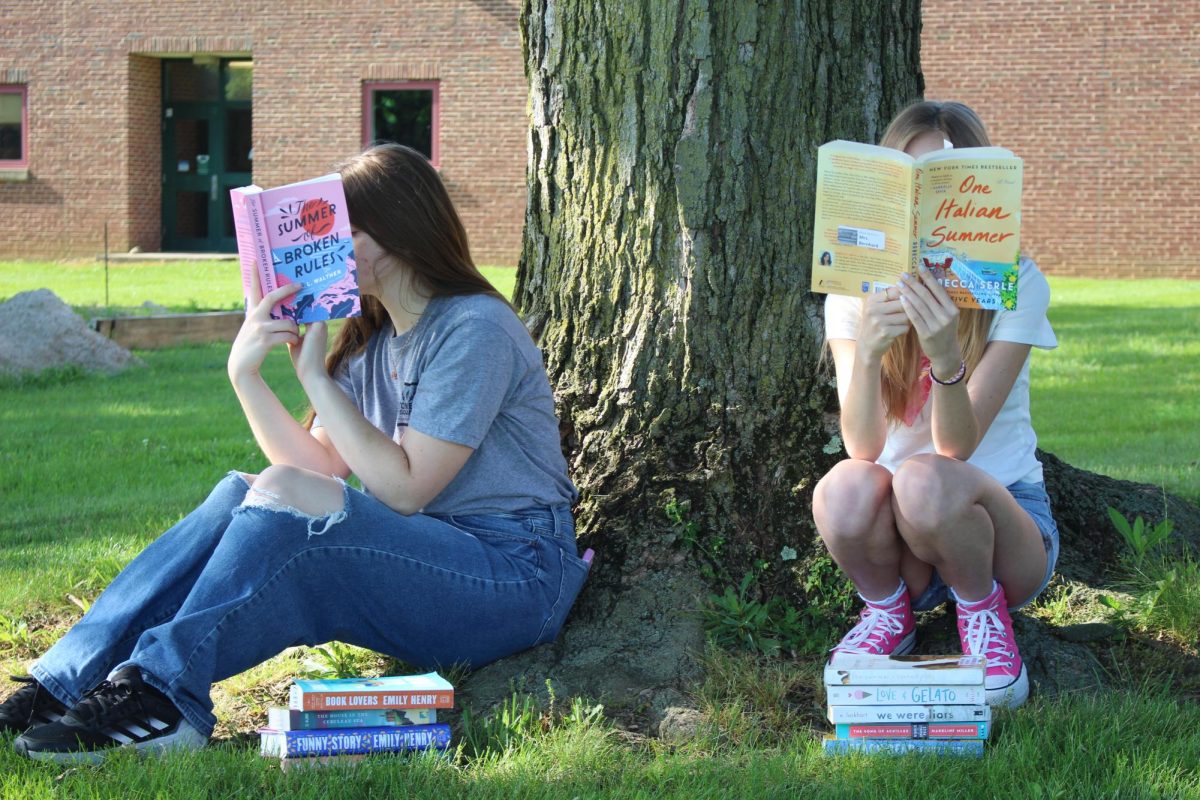

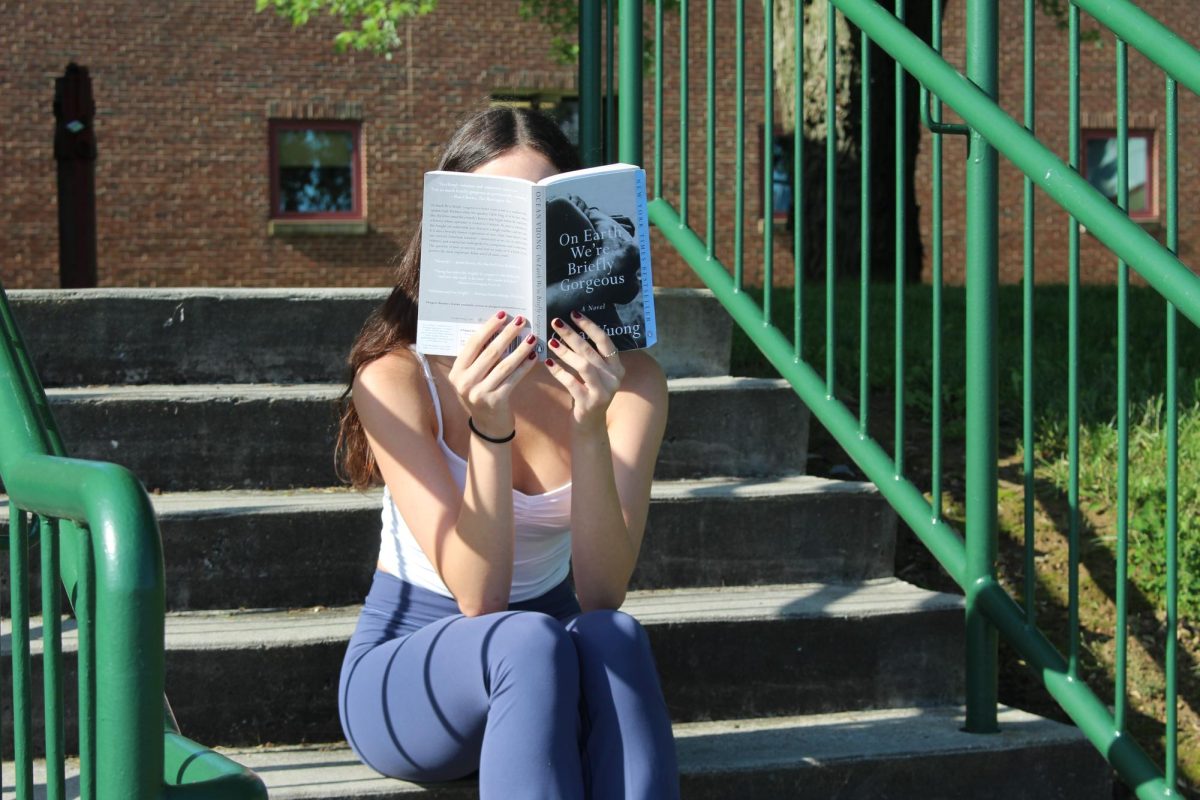
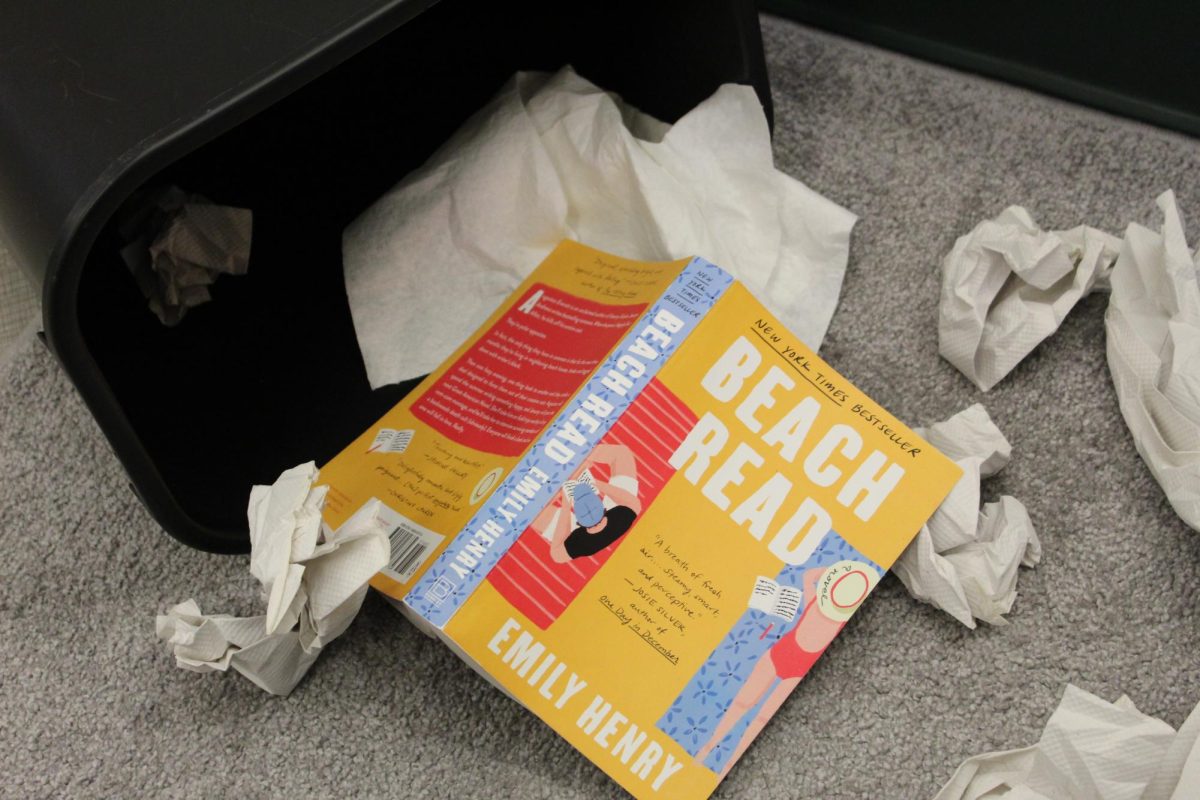






















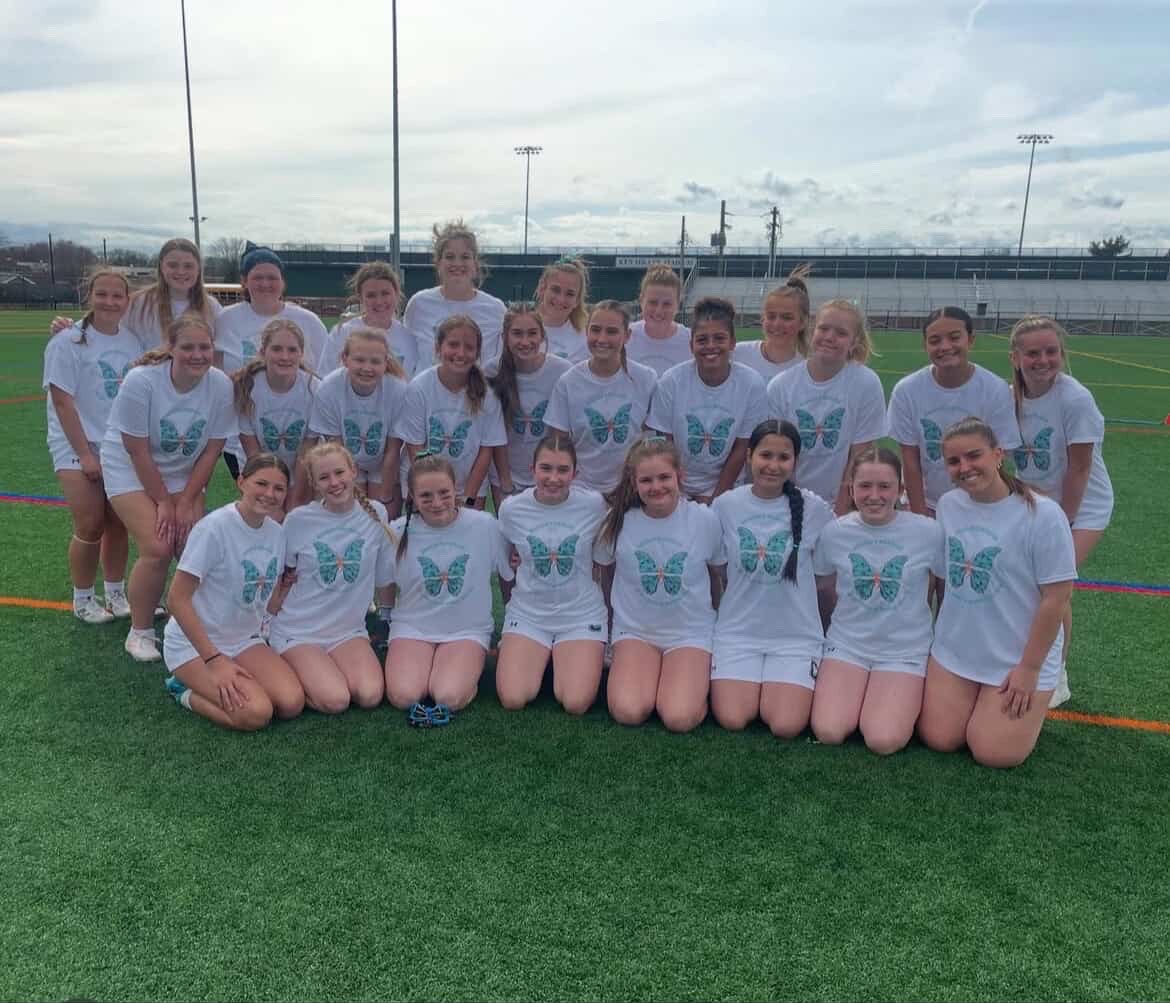






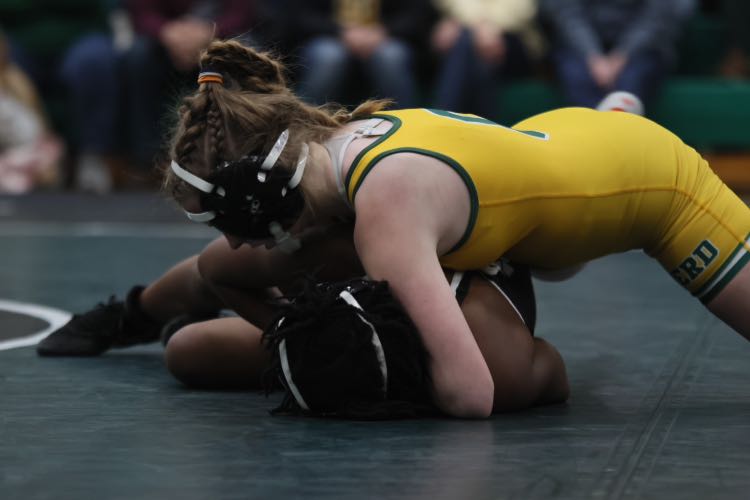
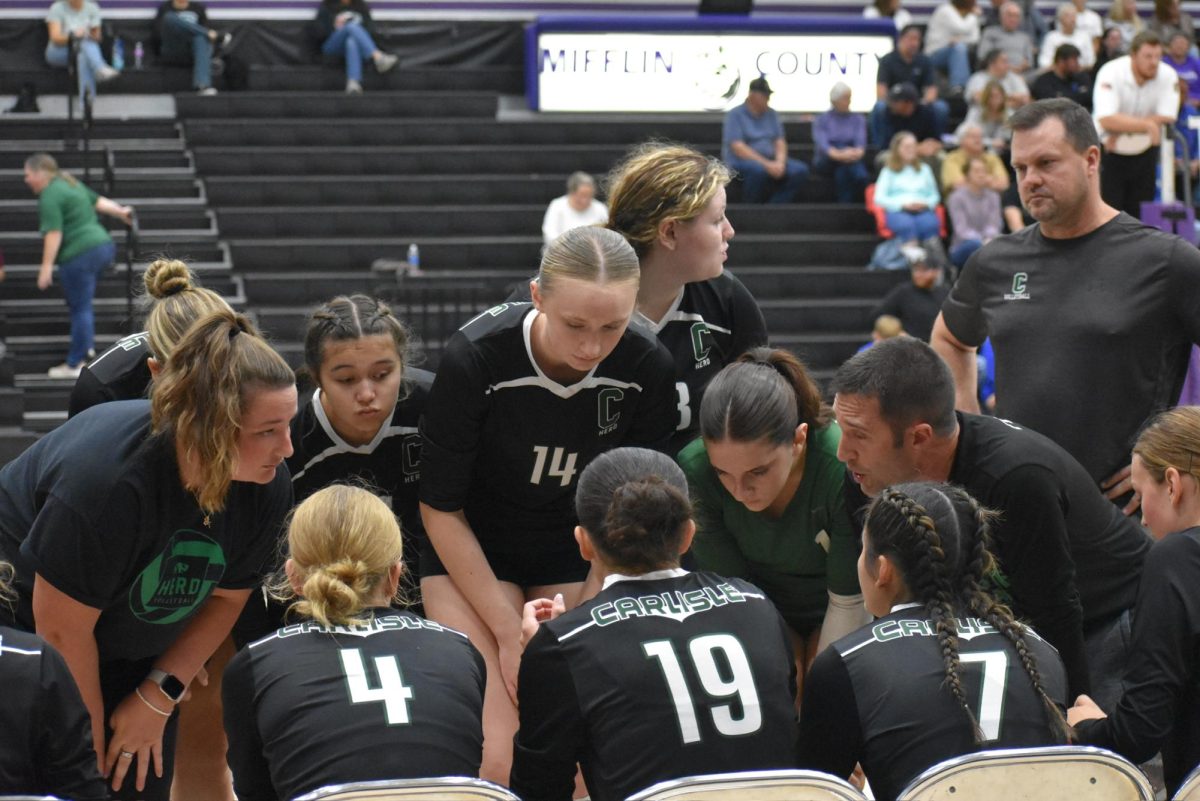

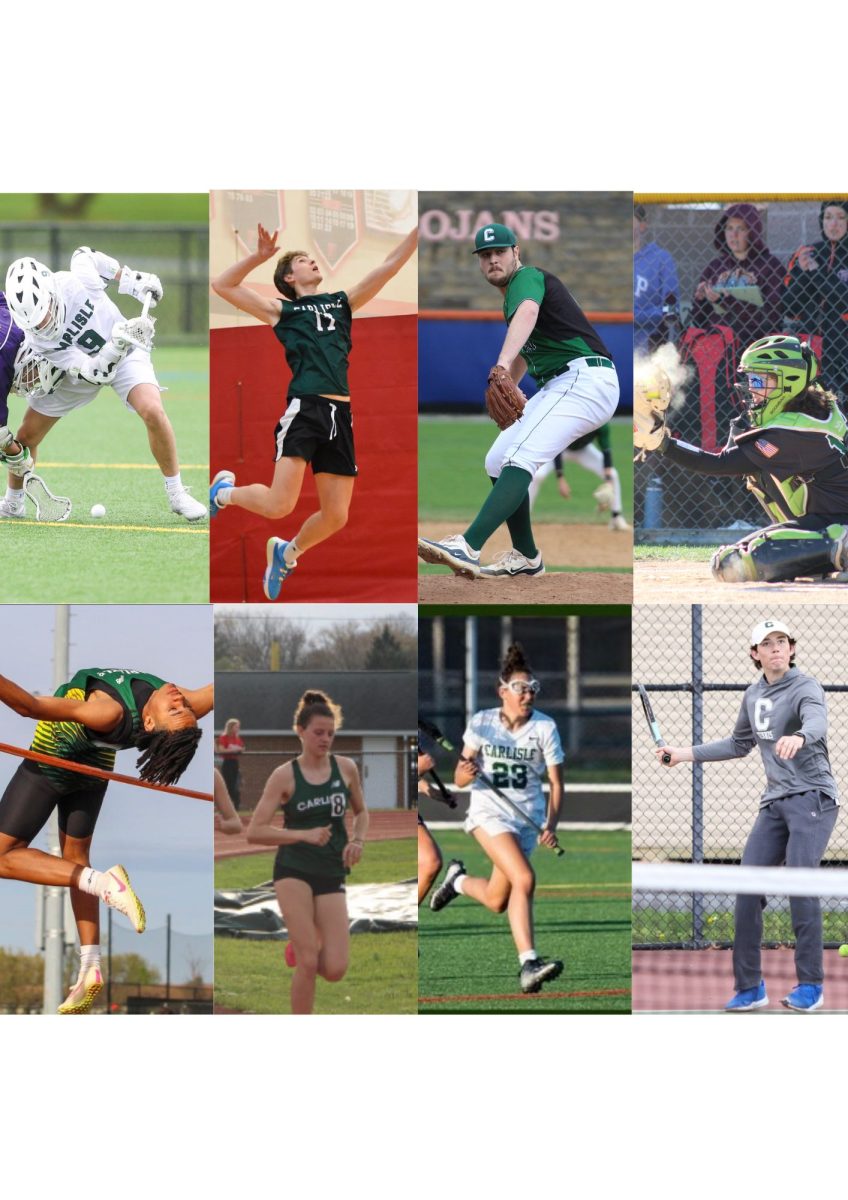
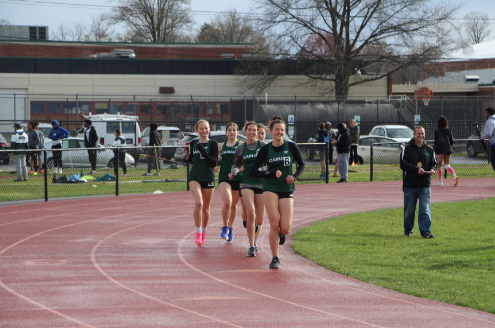


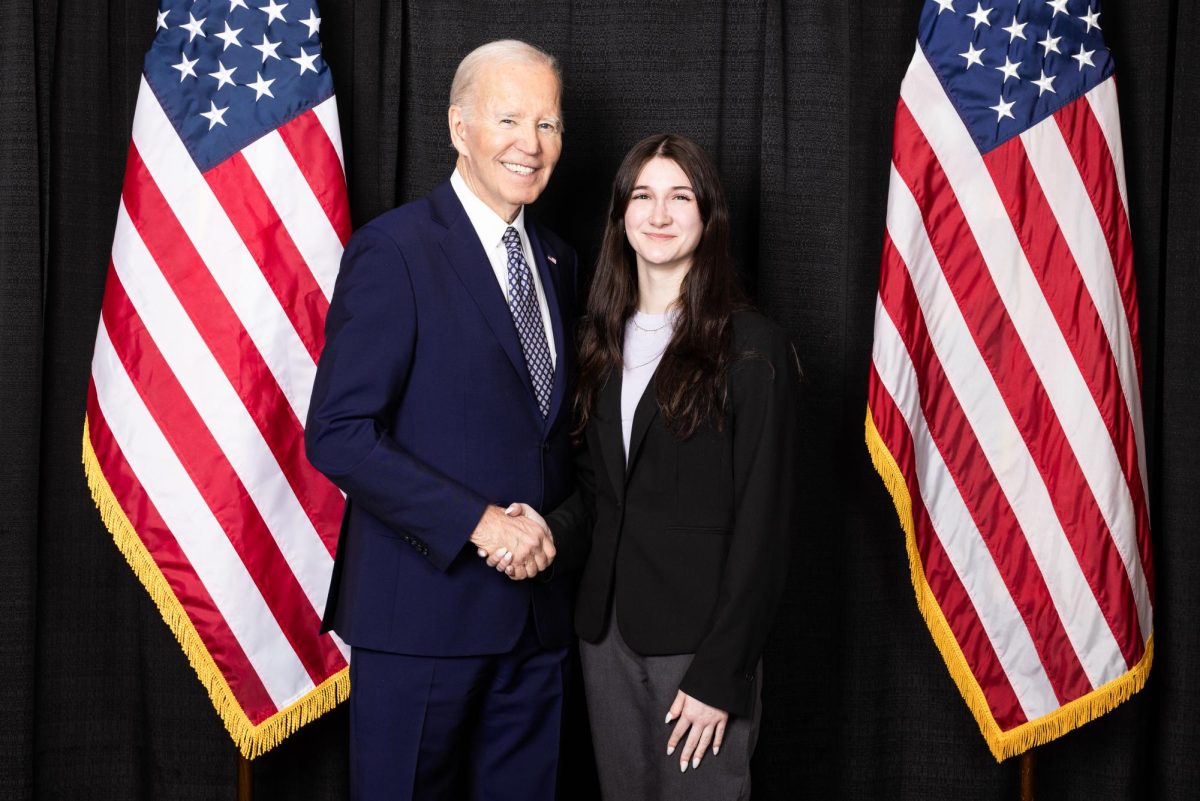


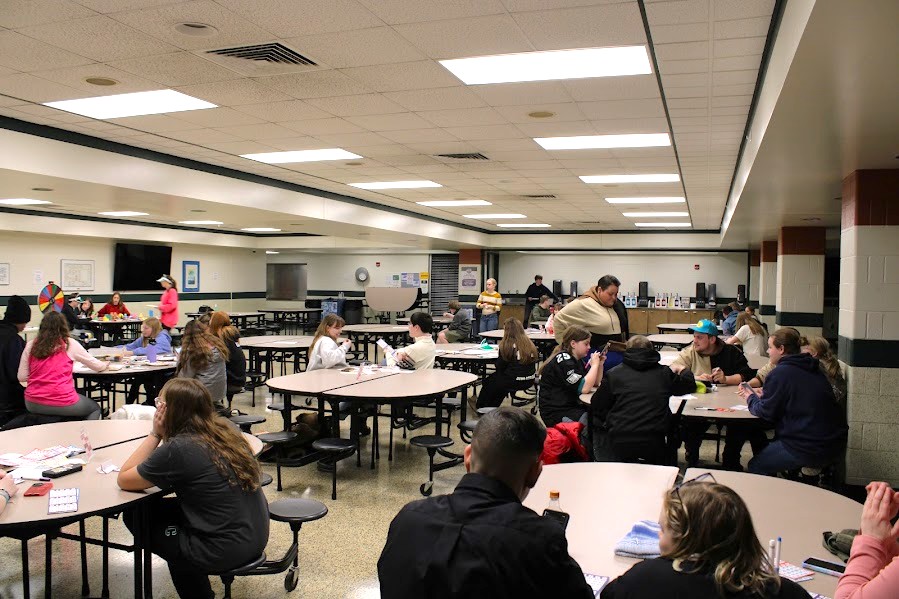





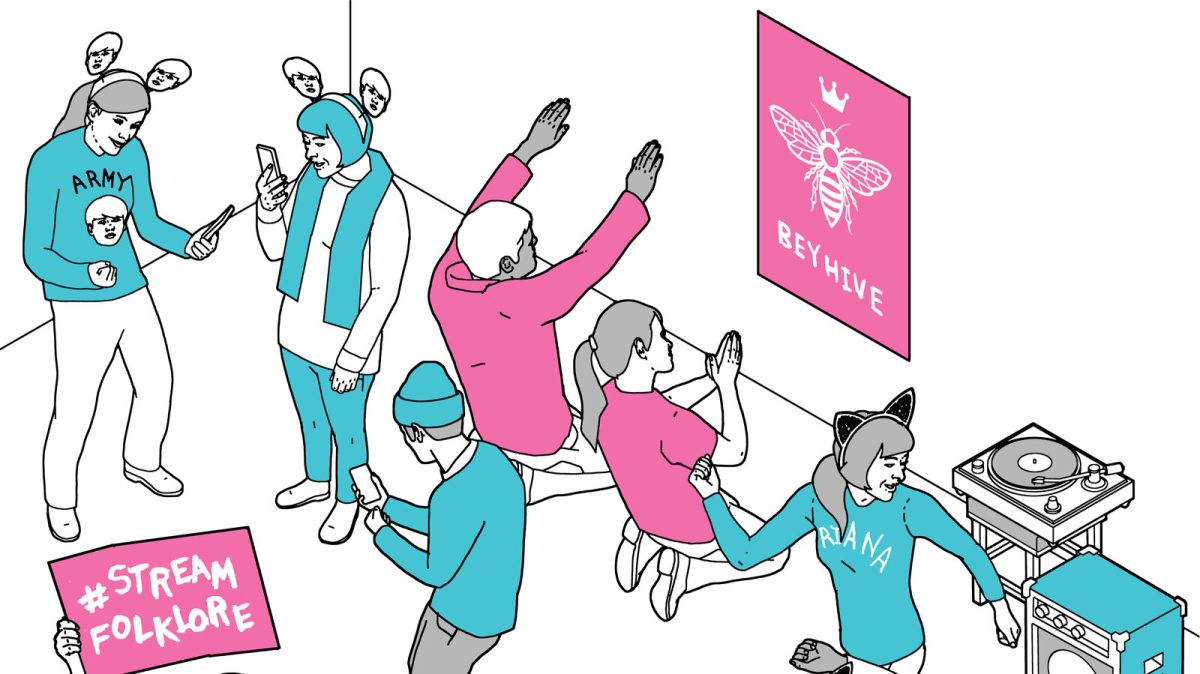
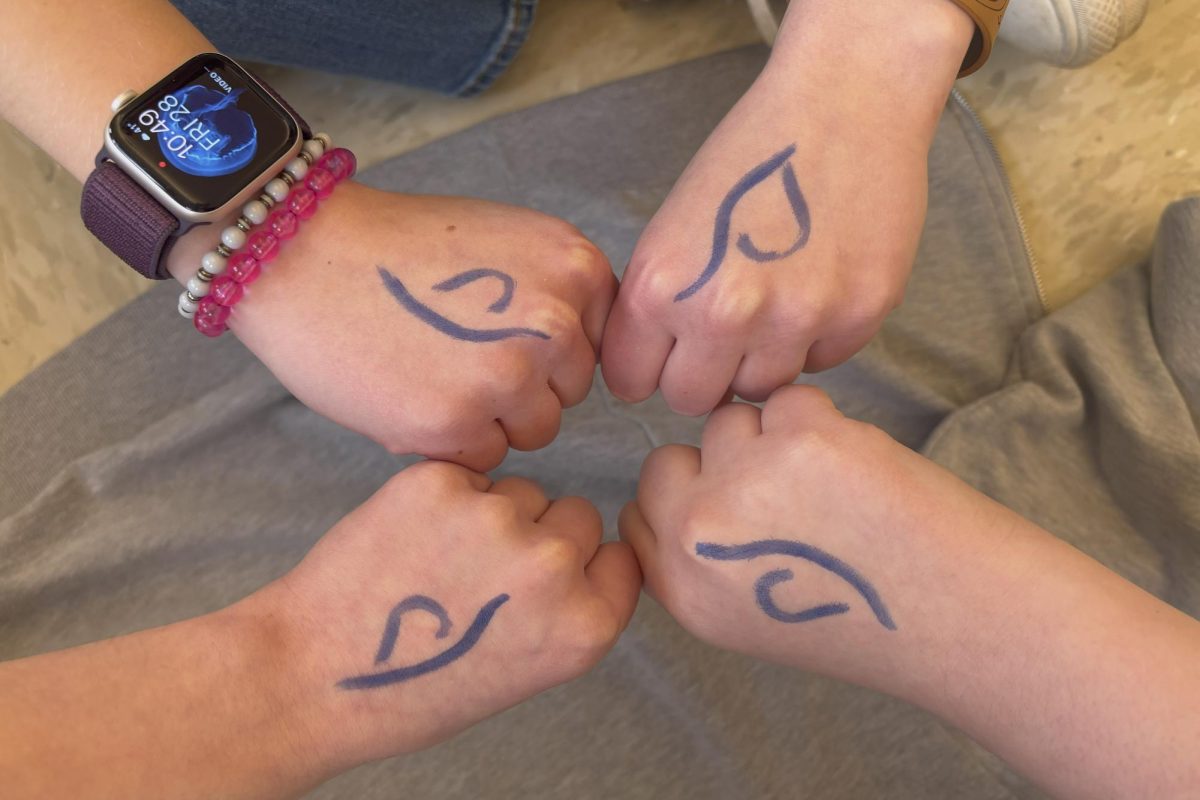



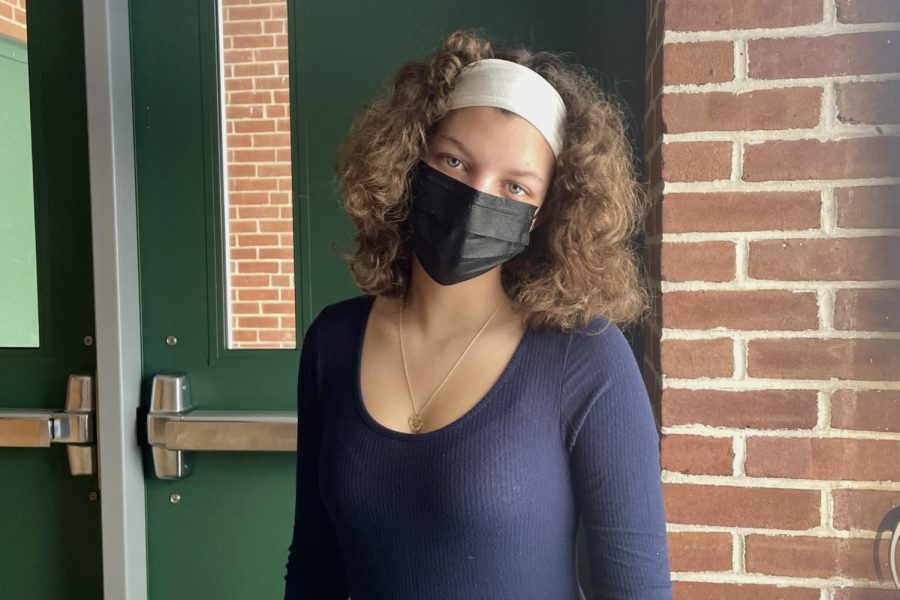









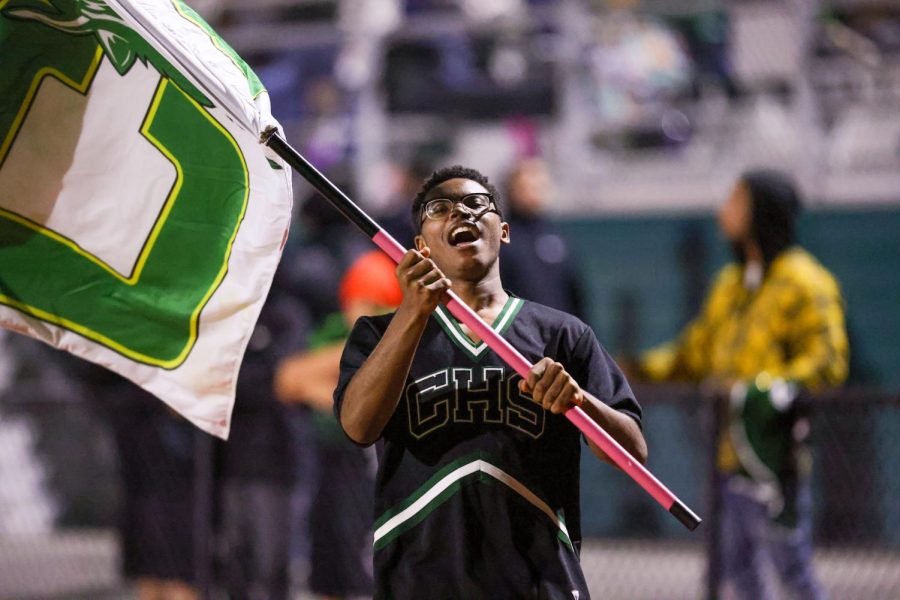

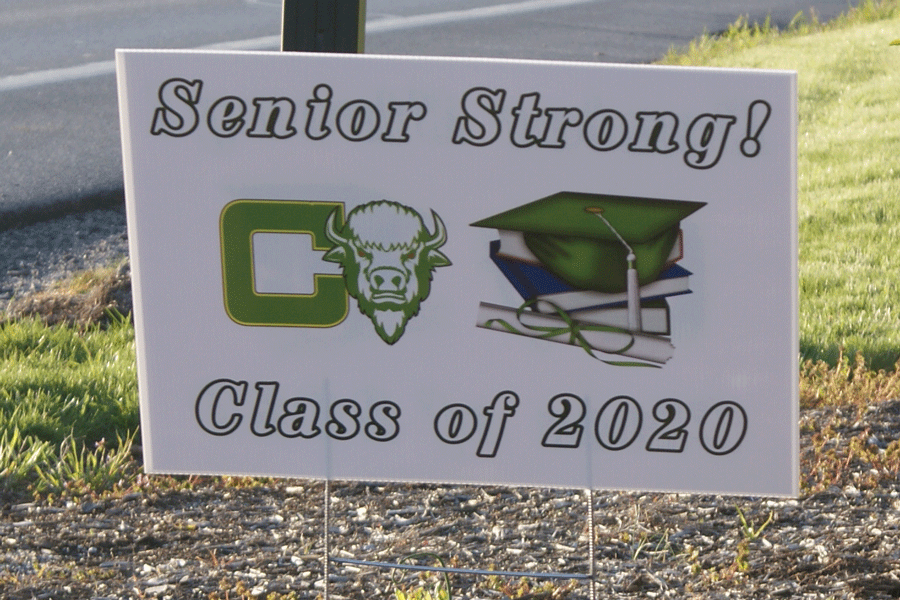


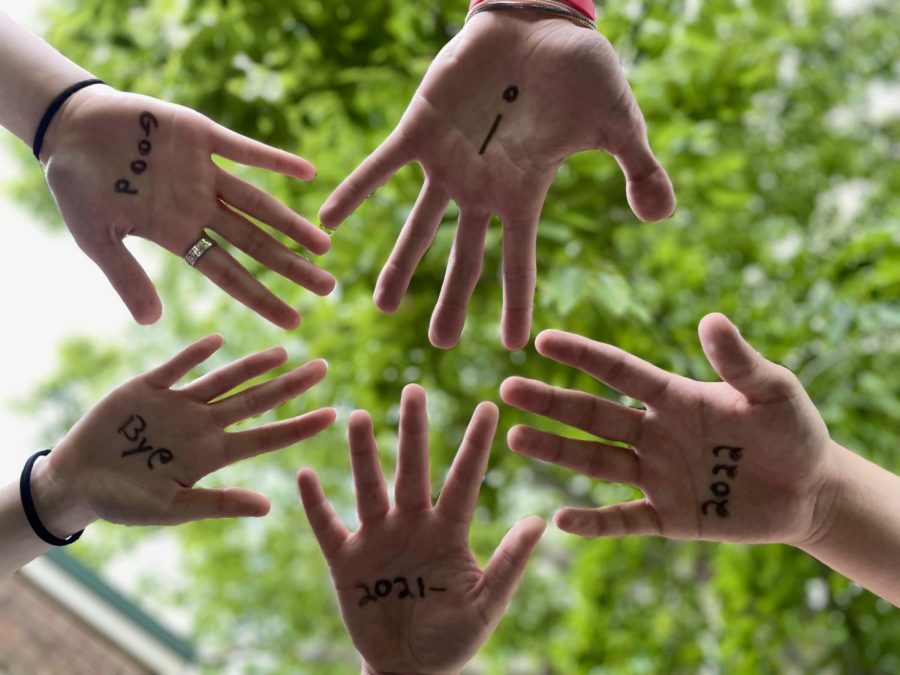
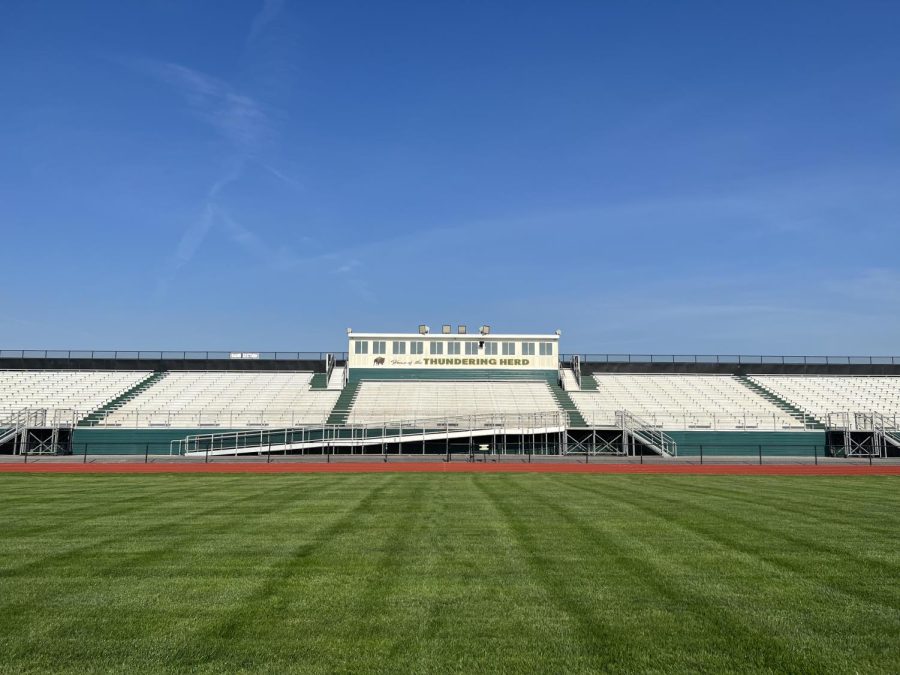





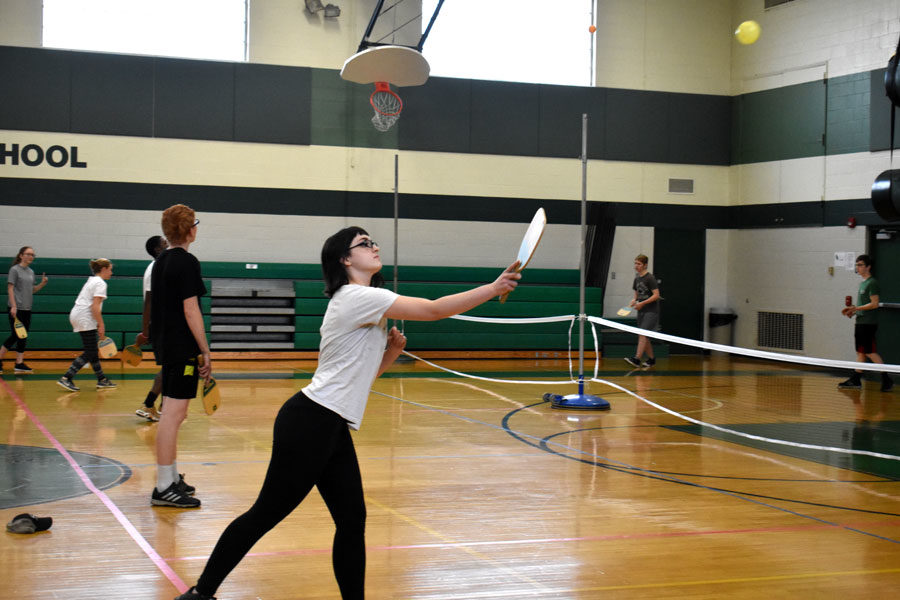
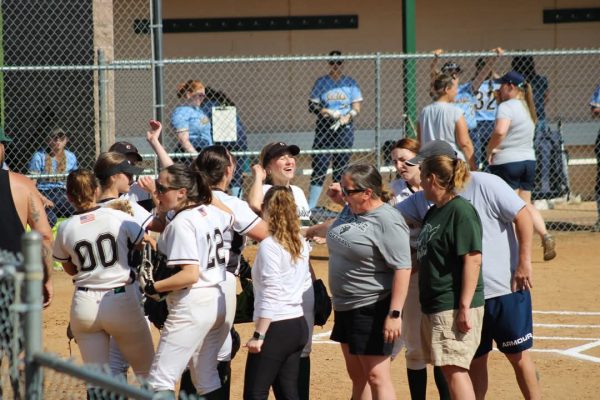
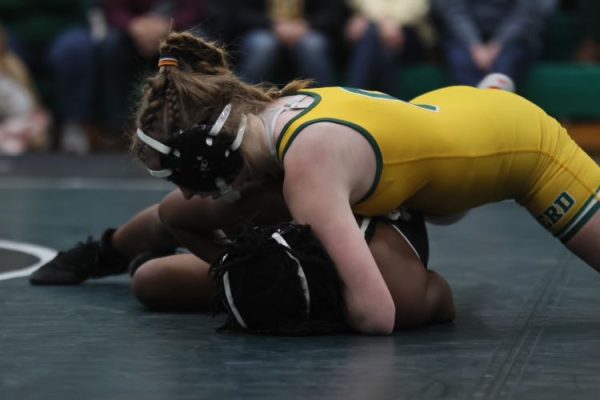
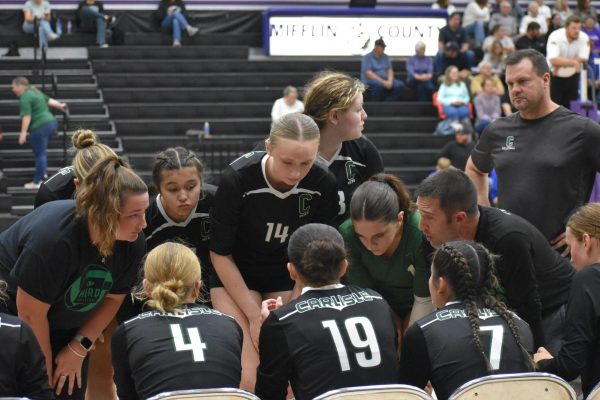

ray brendlinger • Sep 27, 2019 at 1:37 pm
you do in Ill. ,if you don’t at least pass gym class for 4 years then you don’t graduate. And I mean period
Zoe Spielman • Jan 14, 2019 at 12:38 pm
Throughout my four years of high school, I believe that there is no real gender gap in P.E. class. In all of my four gym classes that I have been in, there are both males and females who choose to not participate in gym class. However, I feel like males get more involved and competitive in gym class than females do depending on the activity. For example, when someone misses a pass in football, guys normally make comments like “should’ve been able to get that” but girls normally just shrug it off and keep on playing because they don’t care as much as guys.
Aisling Dolan • Jan 10, 2019 at 11:37 pm
It was interesting to hear that underclassman P.E. participation doesn’t have much of a gender gap. As a senior, I think the gender gap is more pronounced among upperclassmen because it becomes socially expected for girls not to participate in most sports as much. I have a different opinion on the increased participation in the fitness room. I think fitness room users participate more because they chose the fitness room with the intention of improving themselves or escaping the very public feeling of performing in front of the whole gym. If they didn’t have some desire to participate already, they might not choose the fitness room in the first place.
Dzejlana Mehmedovic • Dec 13, 2018 at 8:13 am
From what I’ve seen, the amount of participation in gym class is generally equal across both genders. Each class that I’ve had consisted of both males and females who were not as active. I think it depends solely on the activity or sport being played.